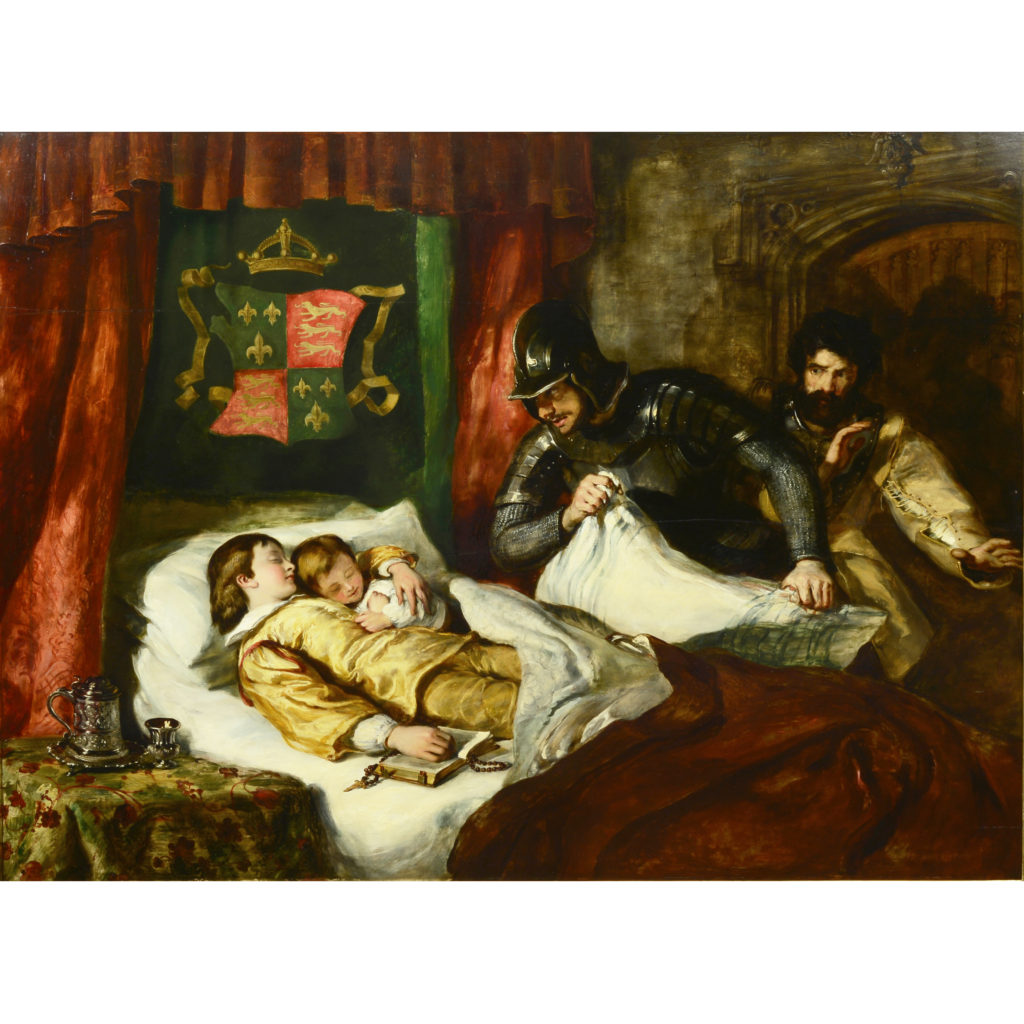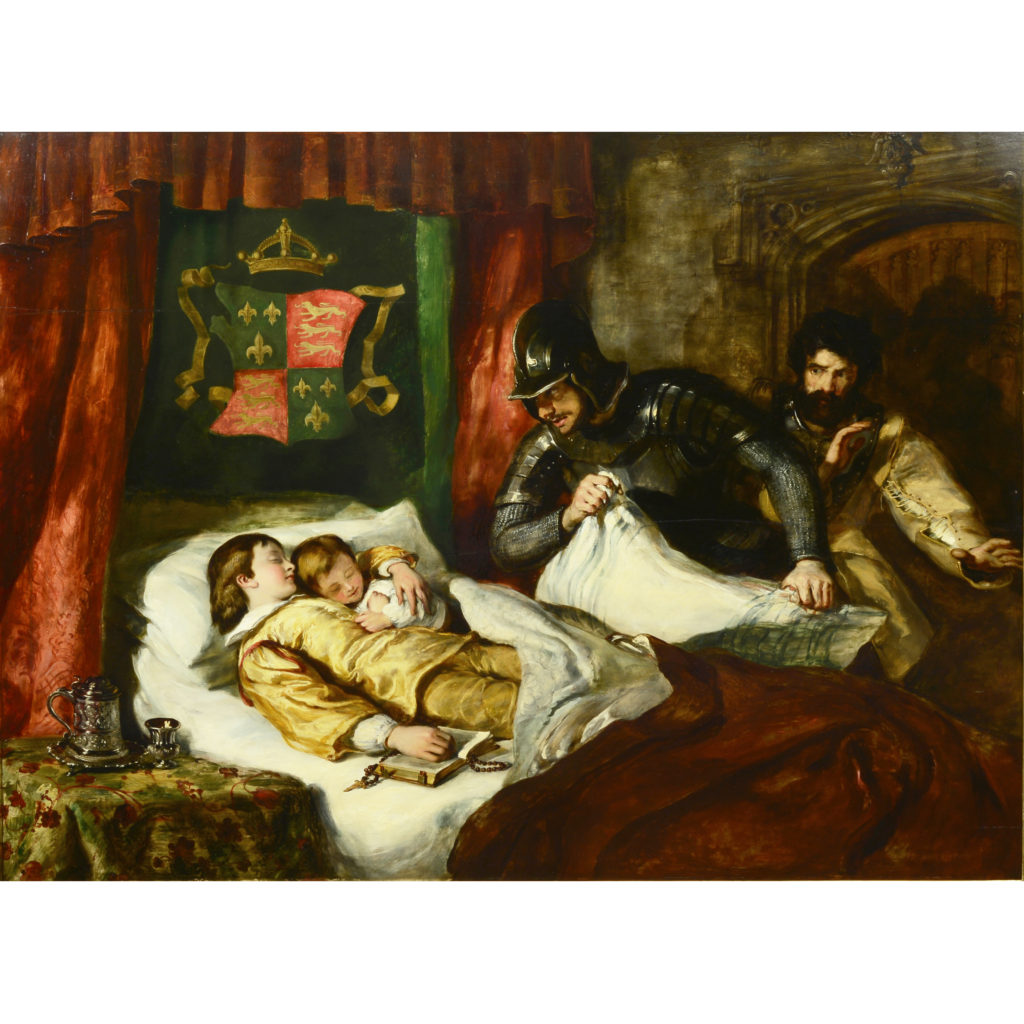William Simson, born in Dundee, Scotland in 1800, was a prominent figure in the art world of the 19th century. He began his artistic training in the Scottish Isles under the guidance of Andrew Wilson at the Trustees’ Academy.
Simson's influence grew rapidly during his twenties. In 1825, he signed the proposal to establish the Scottish Academy and became one of its first academicians. However, he withdrew his membership before the Academy's inaugural exhibition. It was only after the merger of the Trustees’ Academy and the Scottish Academy into the Royal Scottish Academy in 1829 that Simson showcased many of his works.

Early in his career, Simson focused on coastal and landscape paintings. However, his modest pricing initially hindered his progress. To overcome this, Simson shifted to portrait painting, a genre that required less time and had a steady demand. This change proved successful, leading to a commission for a portrait of his friend and patron, Mr. William Scope, which funded his Grand Tour to Italy.
William Simson Grand Tour
The Grand Tour was a hallmark of 19th-century artistic development, offering aspiring artists a chance to study classical art in Italy, considered the epicentre of art. Simson meticulously studied and copied works he believed would benefit his future work. His exposure to the Italian painter Titian significantly influenced his use of colour, becoming a hallmark of his style.
Simson's shift from landscapes to portraiture and drawing allowed him to amass the funds needed for his Grand Tour and continue to thrive in London’s competitive art scene. His work garnered the attention of patrons like Sir Robert Peel, who purchased his prominent painting, "Cimabue and Giotto," exhibited at Trafalgar Square.
Despite his achievements, Simson faced challenges at the Royal Academy, feeling his work was unfairly exhibited. This led him to exhibit with The British Institution, where his paintings, including "The Death of Edward V. and his brother Richard, Duke of York, in the Tower, 1483" and "Burning the Water, a Scene on the Tweed, near Abbotswood," received significant attention.
Before his Grand Tour in 1835, Simson was known to have been a favourite of art collectors like Hugh Andrew Johnstone Munro of Novar. Munro, a prominent art patron, acquired Simson’s work, which later appeared in the Novar Collection auctioned by Christie’s in 1878.
Simson's oeuvre includes romanticised historical paintings and vibrant landscapes. Notable works like "The Death of Edward V. and his brother Richard, Duke of York, in the Tower, 1483" and "Gil Blas Introducing Himself to Laura" highlight his skill in portraying historical and fictional narratives with expressive colour. His paintings are held in esteemed public collections, such as the Victoria and Albert Museum and the National Galleries of Scotland, reflecting his enduring legacy and the evolution of his artistic journey.
William Simson at Auction

William Simson R.S.A - oil on panel 'The death of Edward V and his brother Richard, Duke of York in the tower, 1483'
Estimate: £1,500 - £2,000
Antiques, Fine Art & Collectables | Wednesday 25th September 2024
Viewing times (ID required):
Birmingham
Tuesday 24th September 10:00-16:00
Wednesday 25th September 8:30-10:00
Virtual viewings are available by request. Virtual viewings are the ultimate personal shopping experience. Using Zoom, you can ask us whatever you need to know to buy with confidence. Find out more here.












